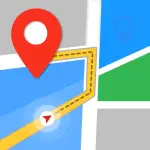Google Maps is more than just a navigation app—it’s your personal guide to the world. From finding the quickest route to discovering hidden gems in your city, Google Maps puts detailed maps, real-time traffic updates, and local business information right at your fingertips. Whether you’re driving across states, walking through a new neighborhood, or using public transit in a bustling city, Google Maps ensures you get there efficiently and with confidence. Its seamless integration with Google’s ecosystem makes it a must-have tool for travelers, commuters, and explorers alike.
Key Features
- Turn-by-turn navigation for driving, walking, biking, and public transportation.
- Live traffic updates and route optimization to avoid delays.
- Detailed maps with satellite imagery, street view, and terrain mode.
- Explore local businesses, restaurants, and attractions with reviews and ratings.
- Offline maps that allow you to navigate without an internet connection.
What It Does (Functions)
- Provides accurate directions from point A to point B using the fastest or preferred route.
- Shows real-time traffic conditions and suggests alternative routes to save time.
- Lets users search for nearby places, including restaurants, gas stations, ATMs, and landmarks.
- Integrates with Google Street View to offer immersive, panoramic views of streets and locations.
- Allows users to save favorite locations and create personalized maps for travel planning.
Pros
- Highly accurate and reliable navigation, trusted worldwide.
- Comprehensive local business data with reviews, photos, and hours of operation.
- Multiple modes of transportation covered, including driving, walking, cycling, and public transit.
- Offline maps feature ensures navigation even when connectivity is limited.
Cons
- Occasional GPS inaccuracies in rural or remote areas.
- Can consume significant battery and data when using live navigation continuously.
- Some user reviews and business information may be outdated or incomplete.
Who It’s Best For
- Commuters and travelers who need reliable navigation and traffic updates in real time.
- Explorers looking to discover new restaurants, shops, and attractions nearby.
- Anyone planning trips or wanting to save and organize favorite locations for future visits.
How to Use
- Click “Check All Versions” below to download and install Google Maps on your device or browser.
- Enter your destination in the search bar and choose your mode of transportation.
- Follow the on-screen directions to navigate to your destination safely.
- Use “Explore,” “Saved Places,” and “Offline Maps” to enhance your experience.
Google Maps continues to be the go-to app for navigation and local discovery. Its combination of detailed maps, real-time updates, and seamless integration makes exploring the world simpler and more enjoyable for everyone, whether on a daily commute or a far-off adventure.

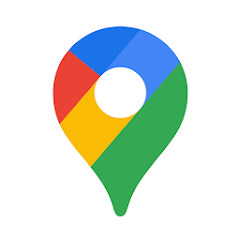
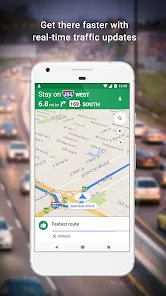
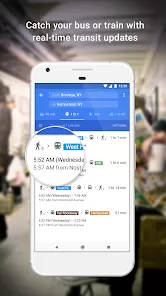
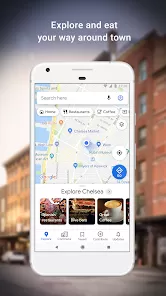
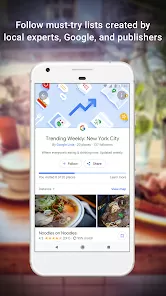
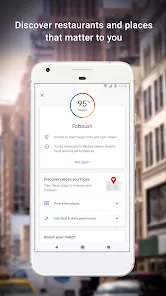

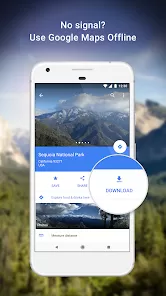

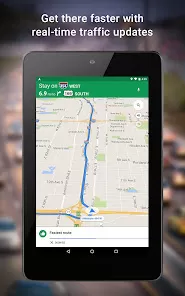
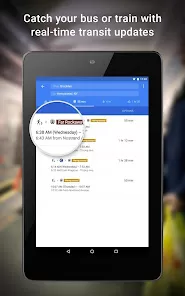
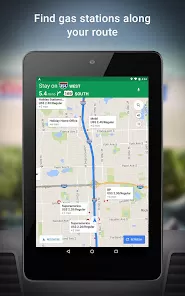
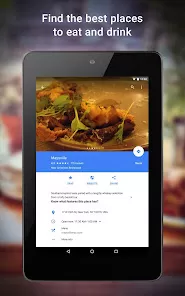
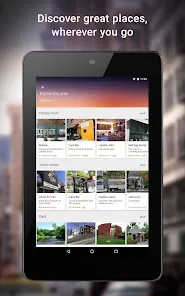
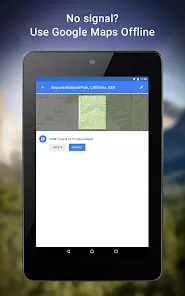
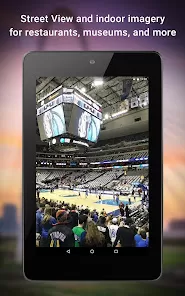
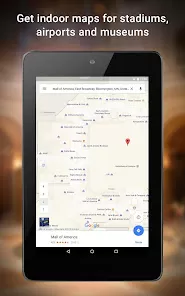
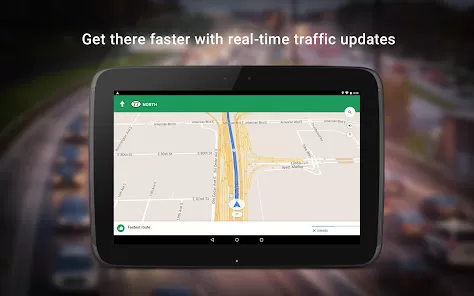
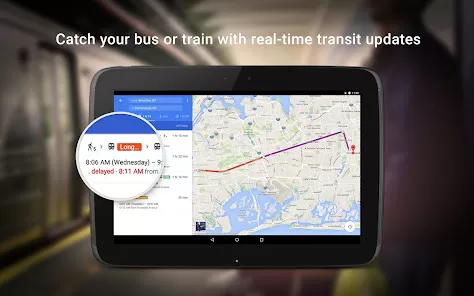
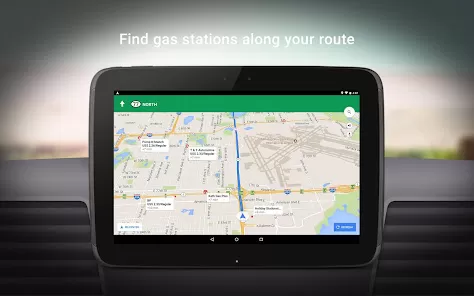
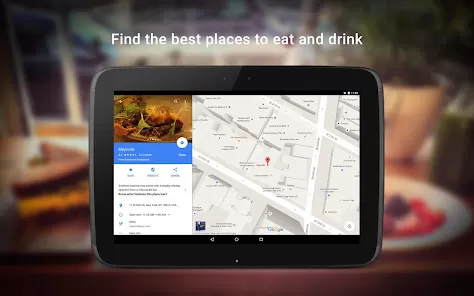
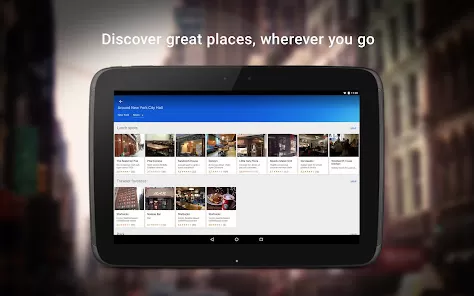
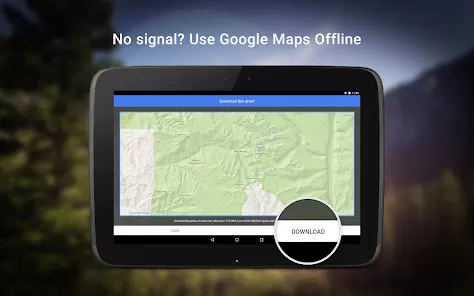
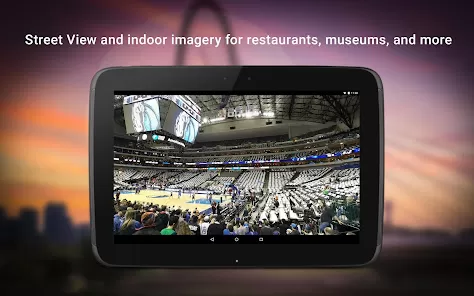
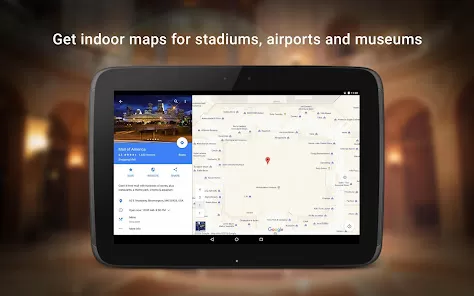
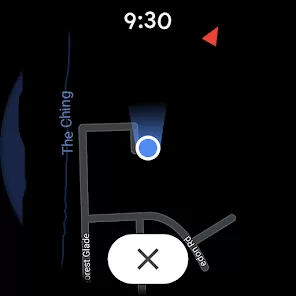
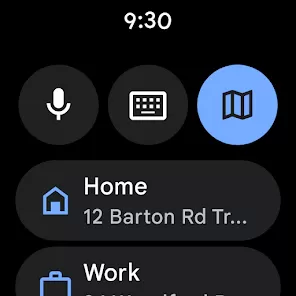
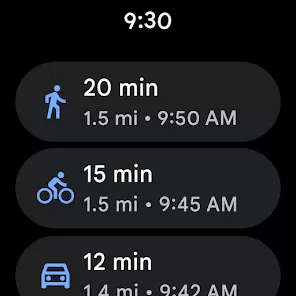
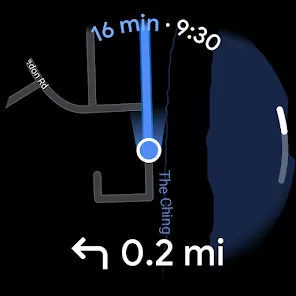
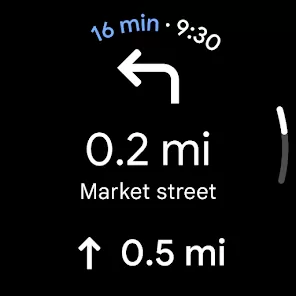
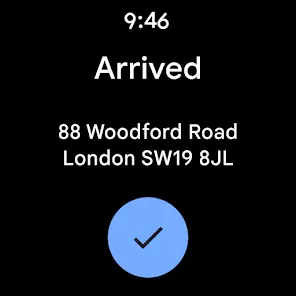
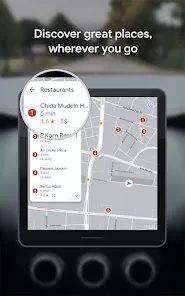
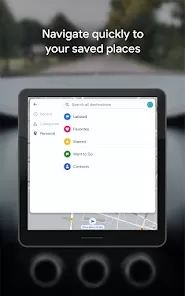
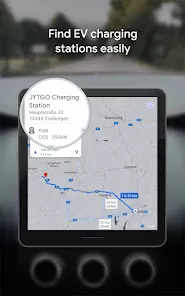
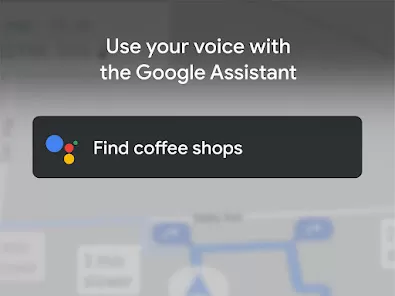
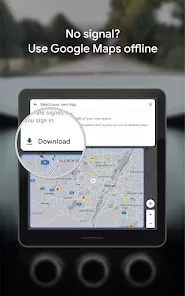
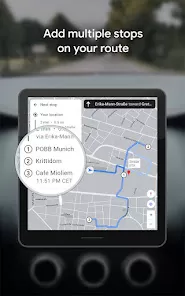
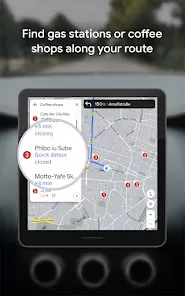
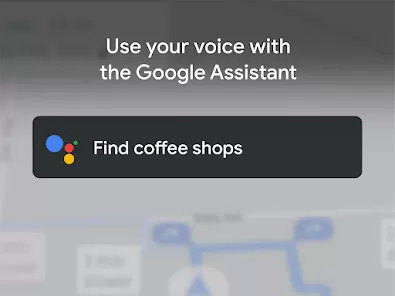


 0
0 